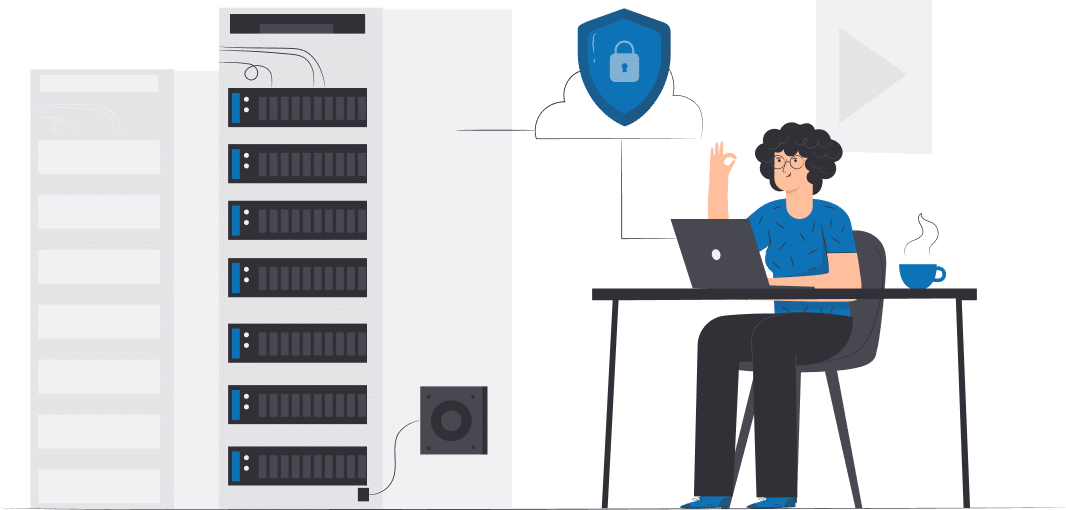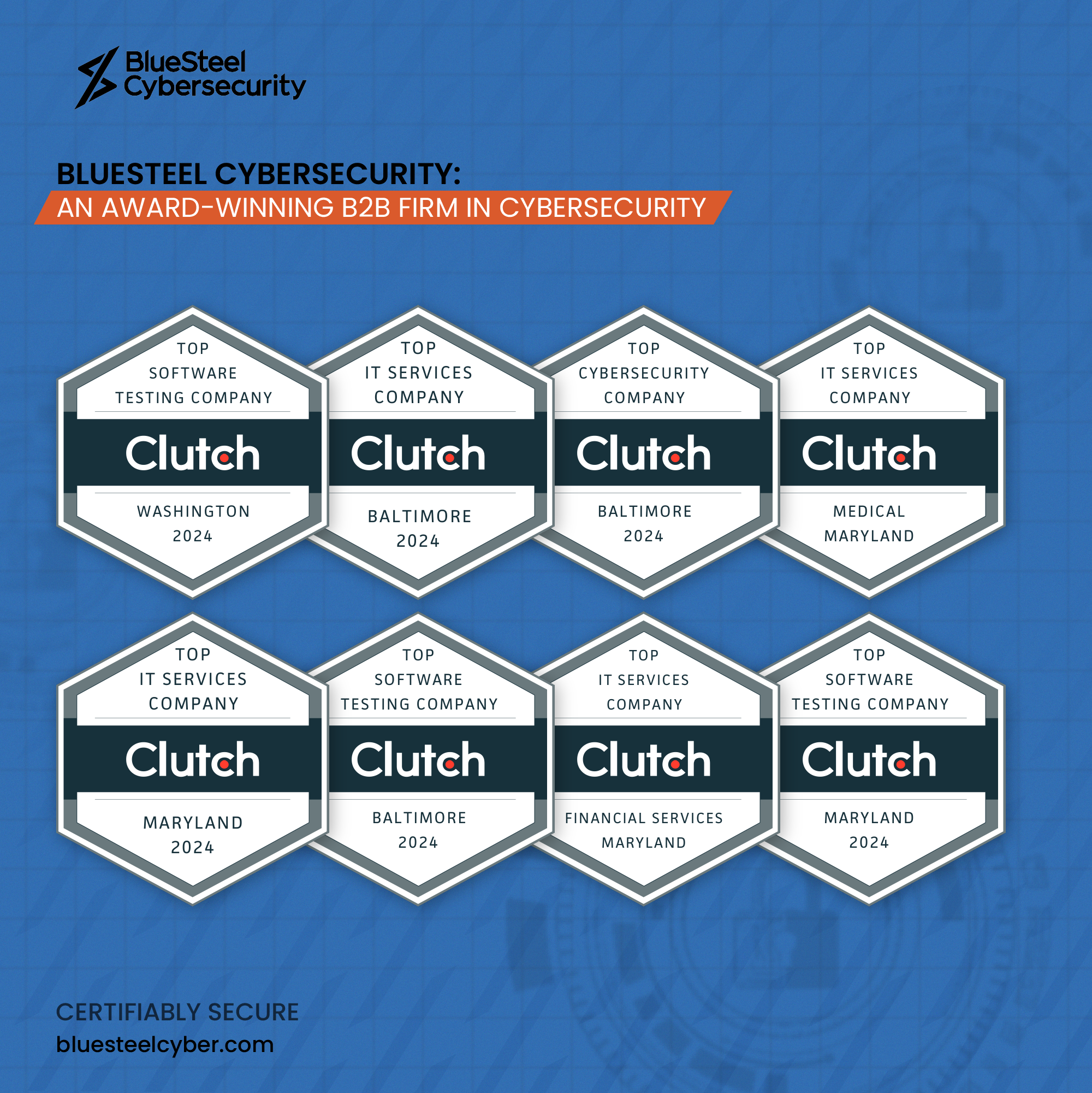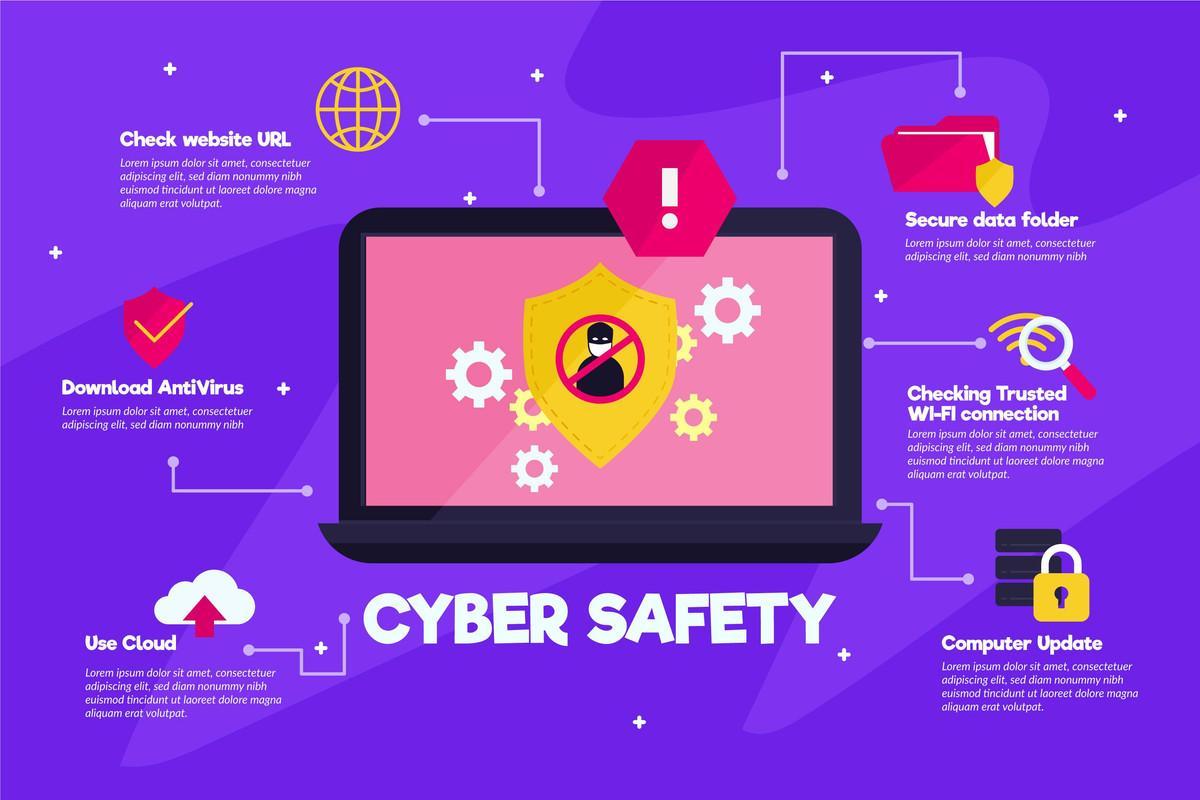Table of Contents
Understanding HIPAA and HITECH
Ensuring HIPAA HITECH compliance certification is vital for healthcare organizations to protect patient information and maintain data security. HIPAA, the Health Insurance Portability and Accountability Act, and HITECH, the Health Information Technology for Economic and Clinical Health Act, work together to establish a framework for safeguarding sensitive health data. To navigate the complex requirements, organizations must create an ultimate HIPAA compliance checklist and invest in HIPAA compliance training. Achieving HIPAA HITECH compliance certification not only demonstrates a commitment to protecting patient privacy, but also mitigates the risk of costly fines and reputational damage. By understanding the ins and outs of HIPAA and HITECH, organizations can stay ahead of the curve and ensure the privacy and security of patient information.
Overview of HIPAA and HITECH
HIPAA was created in 1996 and was the first U.S. law to address the protection and management of private health information (PHI). HITECH is an addendum to HIPAA that ushers these protections into the modern era. It was created in 2009 to support the shift of medical information into electronic forms (ePHI). Private health information includes anything that identifies a particular individual such as a name or social security number.
Together, HIPAA and HITECH are composed of five regulatory rules that dictate the standards covered entities must meet to legally manage PHI and ePHI. Together, they create the legal gold standard for ensuring data integrity, confidentiality, and accessibility in the medical field. These rules include the:
- HIPAA Privacy Rule
- Security Rule
- Enforcement Rule
- Omnibus Rule
- Breach Notification Rule
The best way to meet all of the requirements found within these rules is to consult a checklist for HIPAA compliance as well as any specific HIPAA security rule checklists and HIPAA privacy rule checklists. The general guidelines detailed in this article are a fantastic place for any querying organization to start the HIPAA compliance process.
Key Differences Between HIPAA and HITECH
HIPAA and HITECH are complementary policies that combine to address prevalent protections and risks in the world of PHI and ePHI. The main difference between the two is that HITECH is focused on the electronic aspects of healthcare data management whereas HIPAA compliance policies address all forms of protected health data.
Specifically, HITECH added a number of crucial addendums to the established HIPAA regulations. These addendums encourage covered entities to make the switch to electronic health records (EHRs). This transition makes data more accessible to both patients and healthcare facilities. However, it also creates a wide range of new security risks that necessitate careful regulation.
To facilitate this, HITECH includes a new set of security standards that cover the need for:
- Authentication procedures for data access
- Encryption measures for stored PHI
- Logs that track data access and modification
- Risk assessments for system vulnerabilities to internal and external threats
HITECH also modified the penalties involved in unauthorized data management and expanded the list of applicable covered entities.
Under HIPAA policies, examples of covered entities include hospitals, healthcare providers, academic medical institutions, and individual physicians. With HITECH, any business or organizational entity that deals with ePHI must maintain HIPAA HITECH standards. Specifically, any business that manages this type of data must establish a Business Associate Agreement (BAA) with their affiliated healthcare institutions.
Importance of HIPAA HITECH Compliance Certification
Although not always legally required, it is crucial for every covered entity and affiliated business to prioritize HIPAA HITECH compliance certification. Certifications demonstrate an organization’s understanding and competency with these stringent specifications.
Without compliance certification, it’s all too easy to overlook any of the many specific HIPAA requirements. In turn, failure to comply can decimate an organization’s finances, business relations, and client trust.
The cost of these certification programs pales in comparison to the fiscal penalties involved in potential HIPAA violations. These penalties even apply in cases of external data breaches. At present, an organization can be fined up to 1.5million dollars a year for violations within a single provision. When totaled, the resulting fiscal burden of not complying could easily destroy even the most well-established business or healthcare organization.
On the other hand, obtaining and maintaining HIPAA HITECH compliance certification can actually increase revenue by enticing additional clients.
HIPAA / HITECH Compliance Checklist
Organizations striving to meet HIPAA compliance basics have a lot of boxes to check to fulfill a complete HIPAA checklist. Exactly what this entails differs drastically between a healthcare provider and a data storage business, for example. Luckily, general actionable categories are broadly applicable to all relevant organizations. The following HIPAA compliance requirements checklist details key considerations involved in reaching compliance:
Conducting a Risk Assessment
For their specific HIPAA compliance checklist, a covered entity must identify and address security risks based on their interactions with electronic patient data. A crucial part of this is locating all of the places where ePHI spends its life, from creation to eventual destruction. This means meticulously identifying all of the devices involved in creating, storing, and transferring data as well as possible data access points.
Examples of types of risks to pay attention to include the possibility of:
- Data breaches
- Ransomware attacks
- Phishing scams
- Various insider threats
- Employee mistakes
- Vulnerabilities within any affiliated organizations
Establishing Policies and Procedures
The next step is to develop comprehensive ways of securing this data based on the identified risks. This process includes creating and maintaining appropriate policies and procedures regarding all use of PHI and ePHI.
The policies and procedures should address the ways that different types of employees are allowed to interact with PHI and ePHI as well as how they manage the physical devices that store it. The procedures must cover all virtual and physical risks to an organization’s protected data.
Implementing Physical Safeguards
Depending on an organization’s needs, physical safeguards can entail everything from where personal electronic devices are stored to issues surrounding building access. Certain organizations may need to employ specific security personnel to ensure the protection of their facilities while others can rely on measures like proper equipment regulation and building-wide access controls.
Utilizing Technical Safeguards
Technical safeguards cover a wide range of territory depending on the specific technologies that a covered entity employs in the life of its protected data. In general, all ePHI-related devices should be password protected. Other access control measures may also be necessary, depending on the risks involved.
Encryption is key to ensuring that even if data is improperly accessed, it is still not technically accessible. The data also needs to be protected from loss by implementing compliant back-up and recovery procedures. Oftentimes, outside experts are key to ensuring that this process ends up adequately addressing all risks.
Ensuring Administrative Safeguards
Over half of the protocols established in the security rule involve administrative safeguards. Personnel that are higher up in an organization’s hierarchy should be well aware of the access levels of different employees and should have specialized controls over ePHI. Establishing clear-cut boundaries for which personnel can access and modify ePHI is the best way to ensure that higher up administrators have ultimate control over the data.
Creating a Breach Notification Process
Every organization needs to know as soon as possible after a breach in their system occurs. This requires developing a notification process covering all possible types of potential data breaches. Procedures should cover precisely what to do if, for example, an employee loses their personal computer or problematically interacts with a suspicious email.
Well-constructed breach notification systems should aim to cover all potential threats to the security of an organization’s ePHI.
Conducting Regular Training and Education
Employee education is a must in terms of both achieving and maintaining HIPAA HITECH compliance. ePHI is not considered adequately secured unless all of the people involved are well aware of the risks inherent in their position. This means keeping every employee, from staff to administrators, up-to-date on the latest technology and software involved in their ePHI interactions, oftentimes through a tailored HIPAA training classes.
HIPAA training and education are ongoing processes. HIPAA certification training programs need to be both well-constructed and tracked for each and every individual involved with an organization’s PHI and ePHI.
Implementing Privacy Practices
Proper privacy protocols should control not just the technical aspects of data access. They should also address the ways in which employees interact with clients and how they obtain, verify, and distribute ePHI.
For example, under HITECH, people are allowed to request electronic copies of their health data at any time, so organizations need coherent practices in place for meeting these requests in a secure manner.
Performing Routine Audits and Monitoring
To complete their comprehensive HIPAA compliance checklist, an organization needs to ensure that their system continues to operate with optimized security measures in place. This entails regularly auditing the content of the data and the involved data management systems. An ideally functioning organization conducts both internal and external HIPAA audits on a regular basis.
Benefits of HIPAA and HITECH Compliance Certification
Legal and Regulatory Compliance
The types of HIPAA certifications offered are designed to help everyone in an organization understand the details involved in compliance. Certain certifications are tailored to administrators while others cover the complicated details involved in cyber security.
When properly compliant, an organization is legally allowed to manage ePHI. While not always legally mandated, certifications are a crucial step towards obtaining the knowledge needed to reach this level.
Enhanced Data Security and Privacy
Examples of the types of problems involved in a security breach include:
- data loss
- illegal data disclosure
- data destruction
- data modification
All of these mistakes can cause serious harm in the lives of clients as well as ruin an organization. With certifications like HIPAA cyber security awareness training, these potential risks are greatly mitigated. Plus, when your system is entirely HIPAA HITECH compliant, the rest of the company’s data likely receives a boost in security compared to non-compliant systems.
Reputation and Trust Building
As the healthcare industry adapts to the modern era, new types of organizations and businesses are required to track, store, and otherwise manage ePHI. Certifications are a clear way to demonstrate that an organization values the underlying mission of the HIPAA and HITECH acts. They also clearly demonstrate to potential new clients that the organization can be trusted with such sensitive personal data. With the severe fiscal and moral penalties involved in violating HIPAA HITECH, certifications are a demonstrable way to advertise an organization’s expertise.
Cost Savings and Mitigation of Risks
Despite the initial costs involved, the thorough education entailed in most certification courses can prevent the accruement of expensive fines down the road. They also help to prevent all of the additional legal penalties involved in violating HIPAA rules.
Steps to Achieve HIPAA / HITECH Compliance Certification
In general, an organization can follow these steps to achieve alignment with most HIPAA HITECH compliance certifications:
Step 1: Assess Your Current State of Compliance
First thoroughly review the standards dictated in the five HIPAA HITECH rules. This allows organizations to determine the places where current procedures most closely align and deviate from these standards. All of the deviations have to be adequately addressed before true compliance is attained.
Step 2: Develop a Comprehensive Compliance Plan
Create a specific, organized plan based on all of the identified deviations from HIPAA HITECH standards. Prioritize the highest security risks when taking action.
Step 3: Implement Necessary Controls and Safeguards
Communicate the plan to all necessary employees and begin to make modifications to the policies and procedures of the workplace, which could entail steps like employing a new online security system or updating the present system’s passwords and administrative controls. Double check details surrounding the more technical aspects of digital security measures, such as the encryption and backup protocols that are currently in place.
Many organizations can benefit from outside expertise during the implementation phase, especially when it comes to the technical side of compliance. Make sure that everyone involved in implementation has a thorough understanding of the standards that have to be met, otherwise security risks can easily slip through the cracks.
Step 4: Train Your Workforce on HIPAA HITECH Requirements
Many different HIPAA compliance programs are available for organizations striving for HIPAA HITECH compliance. Depending on an organization’s resource allocations, these trainings can be developed in-house or contracted from an outside organization. Free HIPAA training courses are also available.
Ensure that these trainings are tailored to the needs of particular positions. This avoids overwhelming employees with the vast number of details involved in the compliance process.
Step 5: Conduct Internal Audits and Assessments
Each of an organization’s teams should establish their own regularly scheduled auditing and assessment processes. The people involved in the day-to-day operations of a particular branch of an organization are best suited to noting any cracks in security or potential risks in their area. For optimal execution, each team should create a HIPAA compliance audit checklist.
By allocating resources to the internal auditing process, an organization ultimately saves time and energy compared to what would be lost in the case of any HIPAA violations.
Step 6: Engage a Third-Party Auditor for Certification Process
Once an organization has examined their operations from top to bottom, they should bring in a third-party auditor to verify their HIPAA HITECH compliance. The benefits of external auditors are profound: they provide an objective look at an organization’s compliance measures and have a detailed understanding of the ins-and-outs of this complicated process. External auditors know the most common problems encountered in particular types of ePHI systems as well as the most effective fixes.
Step 7: Maintain Ongoing Compliance and Renew Certification
Every organization needs to remember that HIPAA HITECH compliance is not a one-time only goal. Instead, it is a process of constant vigilance. By following all of these steps and creating a system that internally regulates itself, an organization can maintain their data in a long-term state of security. This way, when certifications need to be renewed, the process is vastly easier than the initial achievement of compliance.
Choosing a HIPAA / HITECH Compliance Certification Program
Key Considerations for Selecting a Certification Program
Given the importance of compliance with HIPAA, a large number of certification programs exist to help organizations achieve and maintain this crucial state. Having a large selection is great for tailoring the program to an organization’s specific needs, but can also make it a bit overwhelming to find the right fit. Keep the following considerations in mind when selecting the best certification program:
- Who needs to be trained: Certification programs tend to be designed for particular types of employees within an organization. Given the variety of compliance needs both within and between organizations, a vast number of different positions could benefit from certification courses. This includes positions like IT personnel, security lawyers, software developers, database administrators, and any staff involved in healthcare provider and payer systems.
- Which training best fits the function of an organization: The needs of a business that provides healthcare coverage are distinct from an associated business that stores data. The compliance certification should address the HIPAA HITECH rule most relevant to an organization’s ePHI relationship. For example, if the main compliance issues within an organization involve the security rule, security training or cyber security training programs are the best choice.
- What is the training budget: Some programs are more expensive than others. Shop around to fit the appropriate program in the scope of allotted funds. Free HIPAA training may even be an option in certain cases.
Another detail to keep in mind is whether or not an organization would best benefit from in-person or online HIPAA HITECH compliance training.
Popular HIPAA HITECH Certification Programs
HIPAA compliance certification programs are offered by a significant number of third-party organizations. Examples of popular certification programs include:
- Certified HIPAA Professional
- Certified HIPAA Administrator
- Certified HIPAA Security Specialist
- HIPAA Awareness Training
- HIPAA 101 Training
Comparison of Certification Program Features and Benefits
Do the research and directly compare competing programs before settling on a certification process. The importance of HIPAA HITECH compliance cannot be understated, so selecting the right program is an important step in securing the future success of all covered entities.
Best Practices for Maintaining HIPAA HITECH Compliance
Regularly Review and Update Policies and Procedures
Every organization, even when its day-to-day operations remain stable, needs to regularly review the processes in place for maintaining their HIPAA HITECH compliance. In addition to regular reviews, any changes within the operations of an organization will also necessitate an assessment of related policies or procedures.
In all cases, review ensures that previous mistakes are mitigated, that employees are refreshed on precise procedural steps, and that the passage of time has not interfered with any aspect of compliance.
Conduct Routine Security Risk Assessments
Cybersecurity breaches are increasingly common dangers in the public health sector. This is why the security rule dictates that relevant organizations conduct detailed security risk assessments. Assessments must evaluate all types of security risks associated with each virtual and physical location where ePHI is managed. They must also address the ways that data is transferred. Many organizations benefit from contracting outside help to ensure expert-level compliance. For example, outside experts can help generate a HIPAA risk assessment checklist or a HIPAA Cybersecurity checklist tailored to an organization’s specific needs.
Stay Updated on Regulatory Changes and Requirements
Since 1996, HIPAA has undergone a number of significant modifications with repercussions for all covered entities. All organizations involved in the management of PHI and ePHI must pay close attention to any new additions. Not every change will affect every type of organization, but overlooking regulatory modifications is not an option.
Provide Ongoing Training and Education for Staff
Human error is a significant contributor to HIPAA HITECH violations. Regular training regimes ensure that all employees remain refreshed on the nitty gritty details involved in their daily routines. Though this process expends limited company resources, the long-term result is the maintenance of an organization’s integrity and respect within the medical field. This, in turn, leads to future fiscal success instead of penalties and fines for accidental violations.
Maintain Proper Documentation and Record-Keeping
When it comes to the sanctity of PHI and ePHI, meticulous record keeping is a must for any HIPAA HITECH compliant organization. HIPAA documentation requirements are often dependent on the type of organization involved. But for all covered entities, well-maintained records are key for tracking down the specific details surrounding modifications to protected data. This also ensures the quality of the data itself. Most important of all, detailed HIPAA documentation is helpful when identifying the presence or scope of a data breach.
Conclusion
The privacy of an organization’s protected health information is of the utmost importance to the patients involved. Every organization that handles PHI and ePHI owes it to their clients to treat this data with respect. This necessitates an expertly crafted cybersecurity system for healthcare organizations. Contact the industry leading company BlueSteel Cybersecurity to secure expert-level HIPAA compliant security measures. From comprehensive risk assessments to compliance preparation, BlueSteel Cybersecurity has the expertise needed to meet any organization’s HIPAA HITECH computer networking needs.
Frequently Asked Questions (FAQs) About HIPAA HITECH Compliance Certification
HIPAA HITECH compliance certification demonstrates an organization’s understanding and adherence to stringent standards for safeguarding protected health information (PHI) and electronic protected health information (ePHI). It’s important because it helps organizations protect patient privacy, avoid costly fines, and build trust with clients.
Any organization that handles PHI or ePHI, including healthcare providers, insurers, business associates, and related entities, should prioritize obtaining HIPAA HITECH compliance certification. This includes both covered entities and their affiliated businesses.
HIPAA HITECH compliance certification covers various aspects, including conducting risk assessments, establishing policies and procedures, implementing physical and technical safeguards, ensuring administrative controls, creating breach notification processes, conducting regular training, and performing routine audits and monitoring.
Benefits of HIPAA HITECH compliance certification include legal and regulatory compliance, enhanced data security and privacy, reputation and trust building, cost savings, and mitigation of risks associated with non-compliance. Certification also demonstrates an organization’s commitment to protecting sensitive health information.
The process typically involves assessing current compliance levels, developing a comprehensive compliance plan, implementing necessary controls and safeguards, training the workforce, conducting internal audits and assessments, engaging a third-party auditor for certification, and maintaining ongoing compliance.
Yes, there are various certification programs available, such as Certified HIPAA Professional, Certified HIPAA Administrator, Certified HIPAA Security Specialist, HIPAA Awareness Training, and HIPAA 101 Training. Organizations can choose programs based on their specific needs and budget.
HIPAA HITECH compliance certification typically needs to be renewed periodically, usually annually. Organizations must maintain ongoing compliance efforts and address any updates or changes to regulations to ensure continued certification.
Organizations can utilize resources such as industry-leading cybersecurity firms, online training courses, compliance guides, and regulatory updates provided by organizations like the U.S. Department of Health and Human Services (HHS) to aid in achieving HIPAA HITECH compliance certification.
Non-compliance with HIPAA HITECH regulations can result in severe financial penalties, damage to reputation, loss of trust from clients, and legal consequences. Organizations may face fines of up to $1.5 million per year for violations, in addition to potential civil and criminal liabilities.
Organizations can ensure ongoing compliance by regularly reviewing and updating policies and procedures, conducting routine security risk assessments, staying updated on regulatory changes, providing ongoing training and education for staff, and maintaining proper documentation and record-keeping practices. Regular audits and assessments help identify and address any gaps in compliance.







